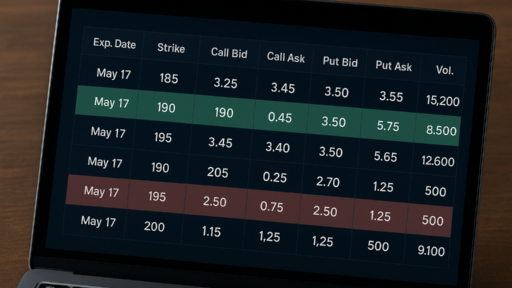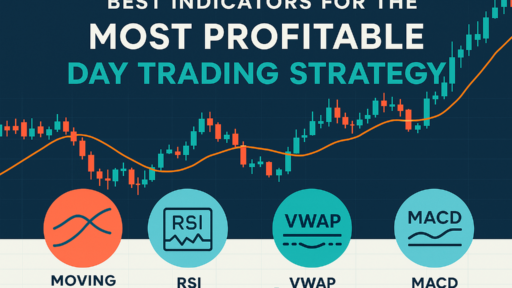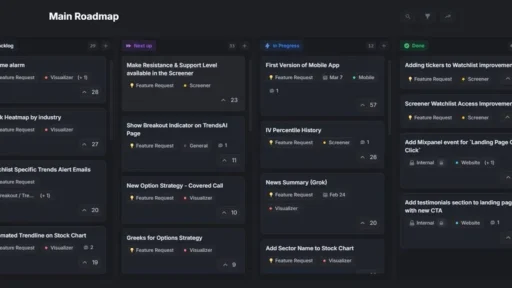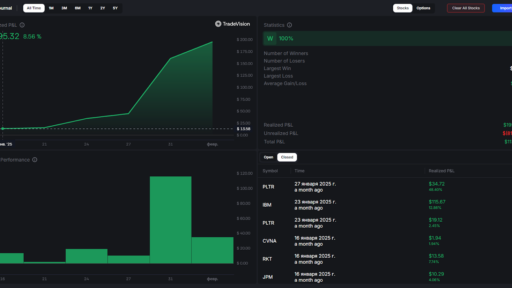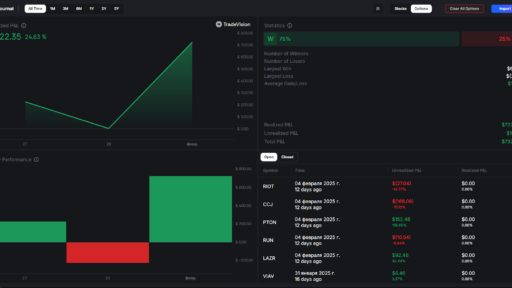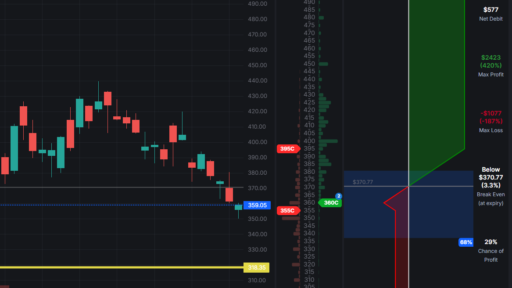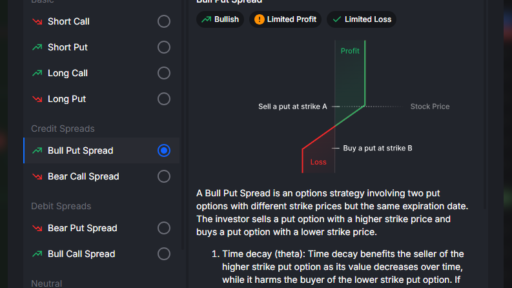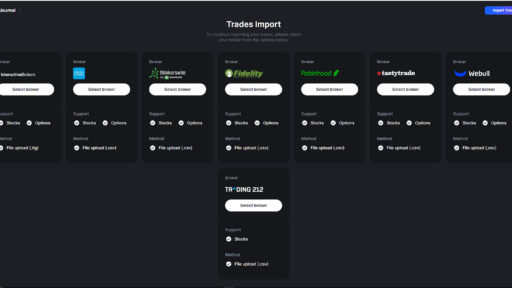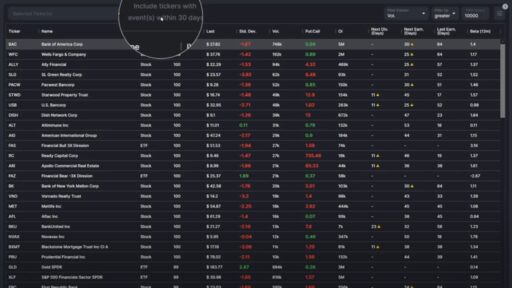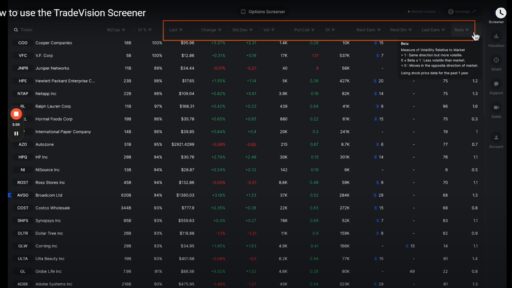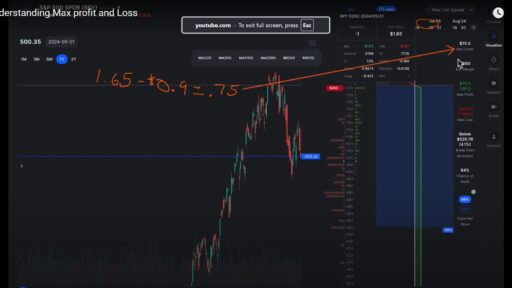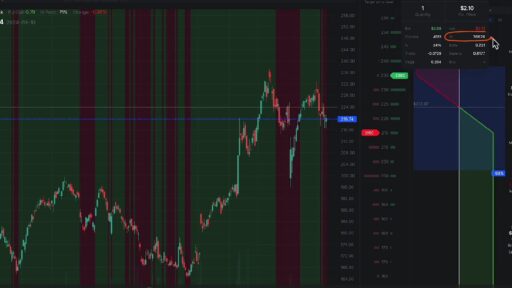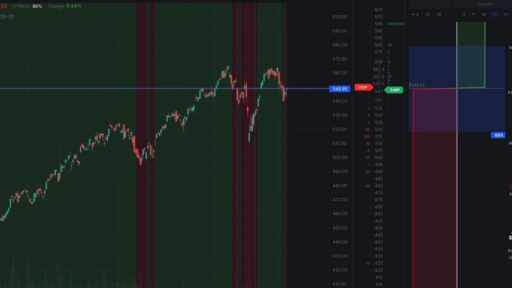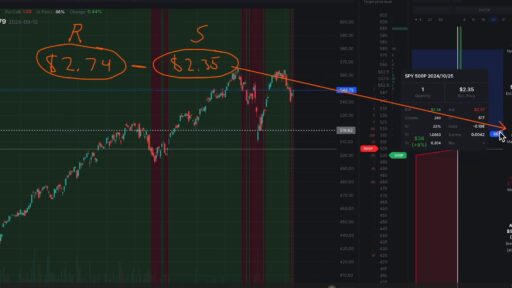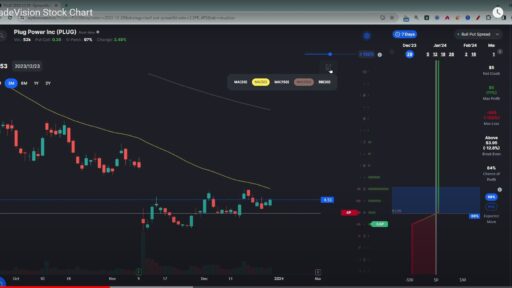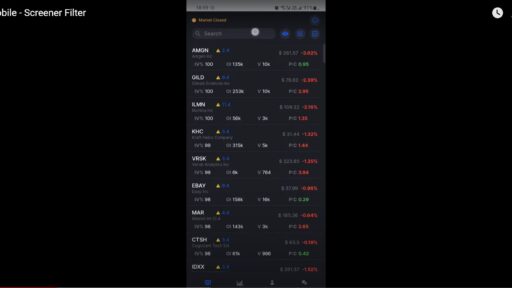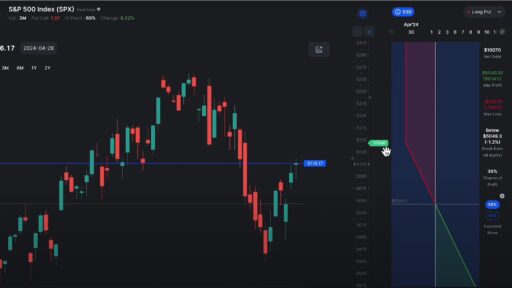Options trading has become a favorite among financial specialists, largely due to the potential for quick cost movements that can lead to rapid profits or losses. With a range of strategies, from the straightforward to the complex—often featuring intriguing names like the “iron condor”—it can be overwhelming to get started.
At their core, all options strategies revolve around two main types: calls and puts. Understanding these fundamentals is crucial before diving into the world of options trading. Here’s a brief overview of five popular options trading strategies, including their risk-reward profiles and the scenarios in which they are best employed.
1. Long Call
What It Is: This strategy involves buying a call option with the expectation that the underlying stock will exceed the strike price before expiration.
Profit Potential: The potential for profit is unlimited if the stock price rises significantly.
Example: Suppose Stock X is priced at $20, and you buy a call option with a $20 strike price for $1 (total investment: $100 for one contract).
Break-even Point: $21 (strike price + premium).
When to Use It: Ideal for when you anticipate a significant price increase in the stock before expiration.
2. Covered Call
What It Is: This strategy entails selling a call option while simultaneously owning the underlying stock. It generates income while providing a safety net through stock ownership.
Profit Potential: You can earn premium income, but gains are capped if the stock price exceeds the strike price.
Example: If Stock X is at $20 and you sell a call option with a $20 strike price for $1 while owning 100 shares at $20, your profit from selling the call is $100.
Break-even Point: $19 (strike price – premium).
When to Use It: Best for generating income from stocks you already own, especially if you don’t expect significant upward movement.
3. Long Put
What It Is: This strategy involves buying a put option, expecting the stock price to fall below the strike price by expiration.
Profit Potential: The potential for profit is substantial if the stock declines sharply.
Example: If Stock X is at $20 and you buy a put option with a $20 strike price for $1 (total investment: $100), you’re positioned for a downturn.
Break-even Point: $19 (strike price – premium).
When to Use It: Effective when you anticipate a significant drop in the stock’s value before expiration.
4. Short Put
What It Is: This strategy involves selling a put option, anticipating that the stock price will remain above the strike price. You earn a premium for taking on this position.
Profit Potential: Maximum profit is limited to the premium received if the stock stays above the strike price.
Example: Stock X is priced at $20, and you sell a put option with a $20 strike price for $1, gaining $100.
Break-even Point: $19 (strike price – premium).
When to Use It: Works well when you believe the stock will remain at or above the strike price at expiration.
5. Married Put
What It Is: This strategy combines owning the stock with purchasing a put option, providing downside protection while allowing for potential upside.
Profit Potential: While the put option limits losses, the potential for profit remains intact as the stock appreciates.
Example: If Stock X is $20 and you buy a put option at the same price for $1, you’re safeguarding your investment.
Break-even Point: $21 (strike price + premium).
When to Use It: Suitable when you expect the stock to rise but want protection against potential declines.
Getting Started with Options Trading
If you’re considering options trading, the initial financial commitment can be surprisingly low, with some strategies requiring only a few hundred dollars to start. However, caution is key; miscalculating your moves can lead to substantial losses.
How to Trade Options
- Choose a Brokerage: Select a brokerage that offers options trading and ensure this feature is enabled in your account.
- Answer Questions: Be prepared to answer questions about your trading experience and risk tolerance, as some strategies involve higher risks.
- Margin Accounts: Depending on your trading strategy, you may need a margin account, especially for riskier trades. If your losses are confined to your initial investment, a margin account may not be necessary.













